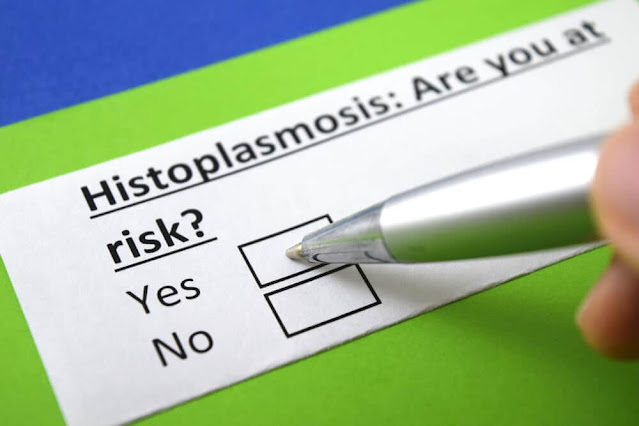Understanding Histoplasmosis of the Eye: Symptoms, Diagnosis, Treatment, and Prevention
Histoplasmosis of the eye is a medical condition that occurs when the fungus Histoplasma capsulatum infects the eye. This condition is often a result of inhaling the spores of the fungus, which can be found in soil, especially in areas with bird or bat droppings. While histoplasmosis primarily affects the lungs, it can disseminate to other parts of the body, including the eyes.
Symptoms:
Histoplasmosis of the eye can lead to various ocular symptoms, including:
Choroiditis: Choroiditis is the most common manifestation of ocular histoplasmosis. It can cause blurred or distorted vision, scotomas (blind spots), and decreased central vision.
Retinal Scarring: As the infection progresses, it can lead to the formation of scars in the retina, which can further impair vision.
Macular Edema: Some individuals with histoplasmosis may develop macular edema, which is the accumulation of fluid in the macula, leading to central vision distortion.
Diagnosis:
Diagnosing histoplasmosis of the eye typically involves a thorough eye examination by an ophthalmologist or an optometrist. Additionally, diagnostic tests may include:
Fluorescein Angiography: This test uses a fluorescent dye to examine the blood vessels in the retina, helping to identify areas of inflammation or leakage.
Optical Coherence Tomography (OCT): OCT is used to create detailed images of the retinal layers, aiding in the evaluation of retinal thickness and any swelling.
Blood Tests: Blood tests can help detect the presence of Histoplasma antibodies, which may indicate exposure to the fungus.
Treatment:
The treatment for histoplasmosis of the eye primarily involves managing the ocular complications. Treatment options may include:
Anti-fungal Medications: In some cases, antifungal medications may be prescribed to combat the fungal infection. However, the primary focus is on managing the ocular symptoms.
Laser Photocoagulation: Laser therapy can be used to seal leaking blood vessels or address abnormal blood vessel growth in the retina.
Corticosteroids: These medications may be prescribed to reduce inflammation and manage macular edema.
Prevention:
Preventing histoplasmosis of the eye involves minimizing exposure to the fungus. This can be achieved by:
Avoiding High-Risk Areas: Be cautious when visiting areas with bird or bat droppings, as these are common sources of Histoplasma capsulatum.
Wearing Protective Gear: When working in such environments, use appropriate protective gear, including masks to prevent inhalation of fungal spores.
Good Hygiene: Practice good hand hygiene and avoid touching your eyes after being in areas where exposure to the fungus is possible.
It's important to note that histoplasmosis of the eye is a rare complication of histoplasmosis, and not all individuals exposed to the fungus will develop this condition. If you experience any changes in your vision or have concerns about your eye health, it's essential to consult with an eye care specialist for a thorough evaluation and appropriate management.



